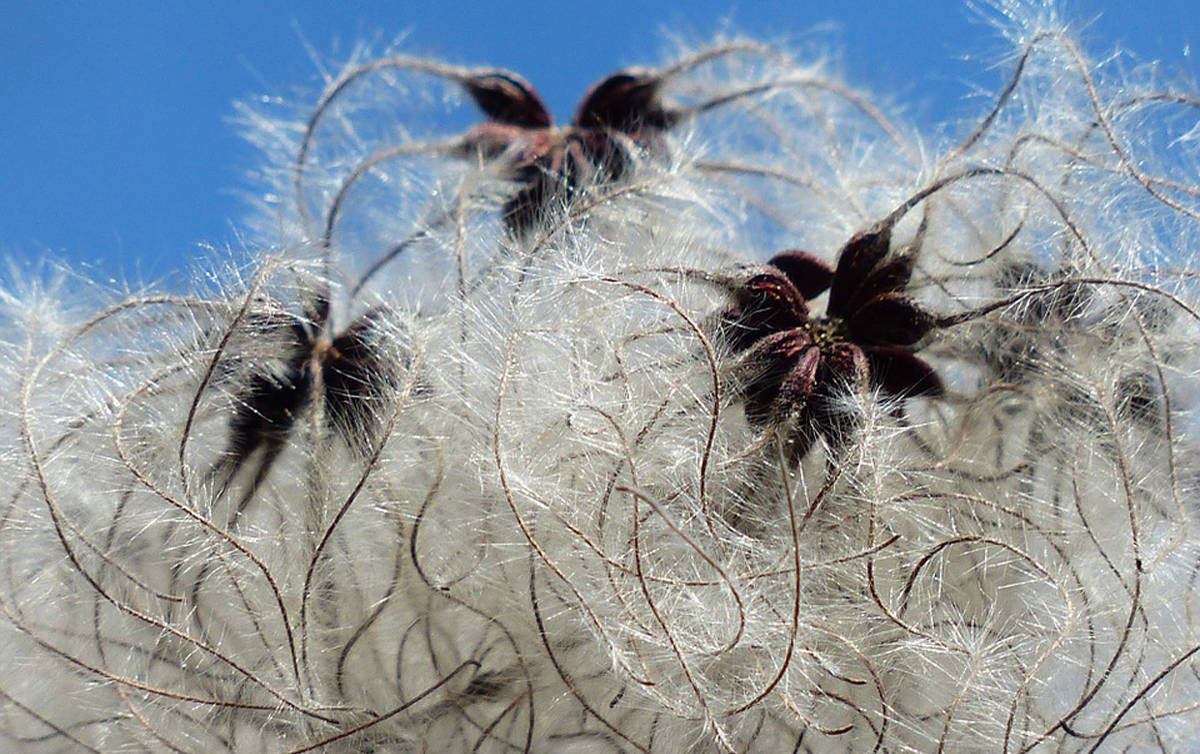 By Elder and Sister Esplin
By Elder and Sister Esplin
The year 1861 was a momentous year in the history of the United States and also in the history of St. George, Utah. The Civil War started in that year, and because this war between the states threatened the loss of cotton and other products from the South, Brigham Young, the Mormon prophet at the time, caused St. George to be established that same year. Brigham Young had a strong desire to have the Mormon people remain self-sufficient. Thus at the church’s large General Conference in Salt Lake City in October 1861, Brigham Young had read from the pulpit the names of over 300 families who were called to come south and establish what became known as the Dixie Cotton Mission. That these people were willing to leave nice homes and well established farms in northern Utah to settle in the hot, dry desert of southern Utah attests to the fact that they felt they were answering the call of God’s prophet on the earth. Most of these folks arrived in December 1861. It is probably a good thing they didn’t arrive in July when it is 110 or they might have considered going back! But they stayed and were successful in growing cotton and other southern products during the Civil War and after.
Brigham Young could have confidence that this Cotton Mission venture would turn out well. Several years before, Jacob Hamblin, the great Mormon missionary to the Indian people of southern Utah, and his fellow missionaries had been successful in growing cotton in the Santa Clara area. Subsequently it was grown on a small scale in other communities around the area. However, not enough was being produced to provide for the needs of the church. Hence, the need for the 1861 call of the additional families to bolster and increase cotton production in Utah’s Dixie.
Cotton is no longer commercially grown on Dixie’s farms, having been replaced long ago by alfalfa, grain, sugar beet seed, and other products. However, cotton will still grow in Utah’s Dixie. To demonstrate this, each year the senior missionaries assigned to the St. George Temple Visitors’ Center and surrounding historic sites plant a few rows of cotton at the Brigham Young Winter Home in St. George and the Jacob Hamblin Home in Santa Clara. Since these two great southern Utah pioneers were so instrumental in the success of the Dixie Cotton Mission, it seems appropriate that cotton can still be seen growing at their former homes.
This year’s cotton was recently planted at these two home sites. The cotton starts were graciously donated by Larry Hancock of Sandia Greenhouse in Washington. These cotton starts were supplemented by a few starts germinated by two senior missionaries, Elder and Sister Jensen, and some cotton seeds extracted from cotton bolls by Elder and Sister Esplin and planted directly in the ground. If the only cotton you have ever seen is in the shirt on your back, take time to stop by the Brigham Young home or the Jacob Hamblin home and see where that cotton shirt originated. Witness for yourself that the Dixie Cotton Mission lives on!
The Brigham Young Winter Home at 67 W 200 N in St. George and the Jacob Hamblin Home at 3325 Hamblin Dr. in Santa Clara are open for visitors from 9 a.m. to 7 p.m. Mondays through Saturdays and 11 a.m. to 7 p.m. Sundays. The last tours begin at 6:30 p.m.
Articles related to “The Dixie Cotton Mission lives on”
Talking about marriage at church: Another sucky thing about being single and Mormon



